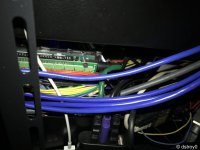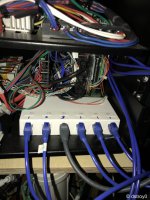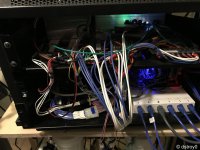dstroy0
Zeroes and Ones
My whole reasoning for going with MC is being challenged. I don't think these non-essential aminos are bad for plant development, quite the contrary, the science shows they are better with regard to nutrient efficacy. My issue is the waste and waste product.
Lets say someone uses this in their garden, which they collect compost from on an annual basis. I see a real potential for an over accumulation of chelating agents. Similarly for those that dump it down the drain only this becomes an issue for the municipality. The essential aminos at least have a chance of being used by the plant, this is my speculation, however the non-essential aminos simply remain as they were they don't to my knowledge easily break down. This is where toxic nutrient salts could/would (did for me in quasi rols) have long term adverse effects.
I could be wrong but why else are they bailing on essential aminos? Again (remenber v2)? Why do I need iron availble at such alkaline pH? I shouldn't be running that high anyway.
I am glad I bought 6lbs of the previous all essential amino version (at least to my knowlege, no other chelating agents are listed).
One other thing, my one part dosen't have chitin oligonucleotide in it either, but its impossible to confirm without version control lol.
If you wanted to use this formulation in semi-acidic or anything that requires semi-alkaline pH right now, it would be difficult if whatever cultivar you are growing required iron. That cuts out a huge portion of potential market, so I understand why they are changing the iron chelating agent. I'm planning on adding the kelp and chitosan back in once I verify the base ratio and concentration are acceptable, and still supplement silica, but treating it more like jacks 321, so no more calmag. It's a different formula, I don't know their reasoning behind it, I've been too busy trying to make it work.













